Monsoon of Ash: Drought Ravaged Australia on Fire
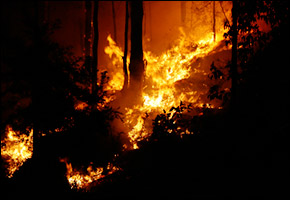
Parched to a crisp, Australia’s prayers for rain seem to have fallen on sadistic ears. Instead of a quenching downpour, the southern curve of the continent now fights raging flames. The fires flying across Victoria and New South Wales have claimed over 100 lives, reports the BBC. It is the deadliest blaze in Australia’s history.
Whether lit by arson or accident, the dry conditions, high temperatures and whipping winds recently plaguing the region are combining to produce conditions that spiral sparks into sinister scourges. As thousands of firefighters and water-bomb aircraft struggle to calm the crisis, volunteers equipped with household hoses try to stamp out the record-setting fires.
The crisis, some say, is a potent example of the human cost of human-induced climate change. Not only have hundreds of homes been lost, families are facing the deaths of their spouses and children who did not manage to escape.
The news comes only days after ABC — one of the country’s major news networks — called attention to the severity of the drought affecting the southern region’s Murray-Darling River Basin. So dry has the basin become that by April locals expect to be able to walk across the mouth of the famous Murray River.
The latest reports indicate inflow to the basin has reached an almost record low of 70 gigaliters. The lowest measure, 50 gigaliters, occurred in 2007. While Australia’s population struggles to tamp the fires, the drought brings increasing acidity to shrinking water sources, threatening the country’s wildlife.
“If they don’t do anything within weeks, we miss that winter-spring opportunity and, if in fact you get that release of sulfuric acid and it migrates its way into Lake Alexandrina, we face a situation – it might be a 50-year recovery period,” warns John Clark, of the Southern Alexandrina Business Association.
Green Party leader Bob Brown told the BBC, “It’s a sobering reminder of the need for this nation and the whole world to act and put at a priority our need to tackle climate change.”


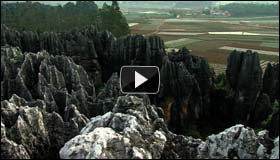
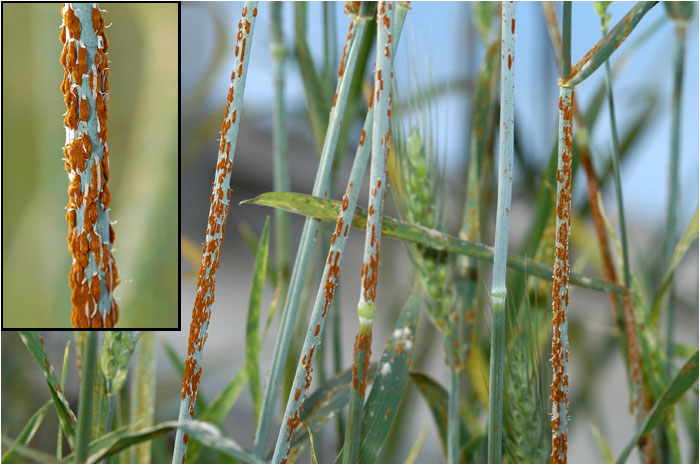


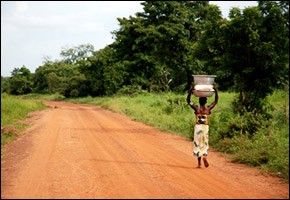
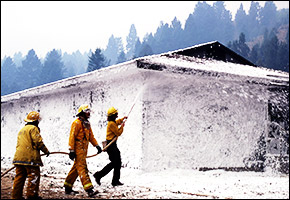
It’s dry down here in south Florida. The prescribed management teams are out there burning while they still can to keep the wildfire threat at bay as the dry season cooks on.